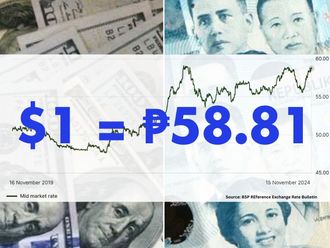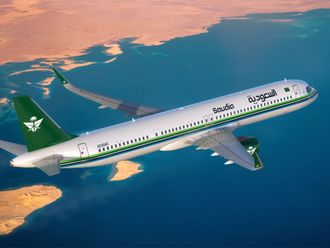Reykjavik: Iceland holds some key lessons for nations trying to survive bailouts after the island’s approach to its rescue led to a “surprisingly” strong recovery, the International Monetary Fund’s mission chief to the country said.
Iceland’s commitment to its programme, a decision to push losses on to bondholders instead of taxpayers and the safeguarding of a welfare system that shielded the unemployed from penury helped propel the nation from collapse toward recovery, according to the Washington-based fund.
“Iceland has made significant achievements since the crisis,” Daria V. Zakharova, IMF mission chief to the island, said in an interview. “We have a very positive outlook on growth, especially for this year and next year because it appears to us that the growth is broad based.”
Iceland refused to protect creditors in its banks, which failed in 2008 after their debts bloated to ten times the size of the economy. The island’s subsequent decision to shield itself from a capital outflow by restricting currency movements allowed the government to ward off a speculative attack, cauterising the economy’s haemorrhaging. That helped the authorities focus on supporting households and businesses.
“The fact that Iceland managed to preserve the social welfare system in the face of a very sizeable fiscal consolidation is one of the major achievements under the programme and of the Icelandic government,” Zakharova said. The programme benefited from “strong implementation, reflecting ownership on the part of the authorities,” she said.
Euro aid
As of March this year, the IMF had programme arrangements with 11 European countries, representing about 65 per cent of its funds, according to its website. Governments inside the Eurozone have struggled to comply with the austerity terms prescribed in joint aid packages provided by the IMF and the European Union, leading to revised terms and extended deadlines for nations such as Greece.
At the same time, bond markets have reflected a lack of confidence in recovery programmes, sending debt yields higher and adding to pressure on government finances. Countries inside the euro area or with pegged currencies such as Latvia have relied on wage cuts and reduced welfare services as a means toward delivering on bailout goals.
In Iceland, the krona’s 80 per cent plunge against the euro offshore in 2008 helped turn a trade deficit into a surplus by the end of the same year. Unemployment, which jumped nine-fold between 2007 and 2010, eased to 4.8 per cent in June from a peak of 9.3 per cent two years ago.
Impressive
“Each programme is different and responds to a different situation so one cannot compare them directly,” Zakharova said. “Of course, considering the depth of the crisis in late 2008, Iceland’s recovery has been impressive.”
Iceland, which the IMF estimates was the world’s third-richest nation per capita in 2005 before slumping to rank 20th by 2010, ended its 33-month programme in August last year. The $13 billion (Dh47 billion) economy will expand 2.4 per cent this year, the IMF said on April 17. That compares with an estimated 0.3 per cent contraction in the 17-member euro area.
Iceland’s growth “is driven by private consumption, investment has picked up strongly and even though, when you look at net exports, those have a negative contribution to growth, it is mainly because imports have been strong, reflecting strong consumption and an increase in income and the healthy expectations of households,” Zakharova said. “Still, exports have been increasing very strongly. Last year was a banner year for tourism. These are all really positive things.”
‘Key challenge’
Iceland, which started EU membership talks in 2010 with euro-area membership an ultimate goal, is starting to question whether accession to the trade and currency bloc is the right way forward as the region’s debt crisis deepens. Thirty-nine of the Reykjavik-based parliament’s 63 lawmakers oppose continuing EU membership talks and may push to have the process shelved before elections next year, newspaper Morgunbladid said on Monday.
The island still needs to show it can unwind its capital controls successfully, Zakharova said. About $8 billion in offshore kronur are locked behind the restrictions, which the government has said will be eased gradually by 2015.
“The lifting of the capital controls is a key challenge for Iceland and it’s not an easy task,” she said. At the same time, “the government has regained access to international capital markets; the cleaning up of the balance sheet of banks has been proceeding at good speed. So going forward it’s important that the gains are sustained and consolidated,” she said.
‘Hawkish’ stance
As the central bank prepares to ease capital controls, policy makers are also raising interest rates in part to protect the krona from any weakening that might ensue. The bank increased its benchmark rate a quarter or a percentage point on June 13, bringing it to 5.75 per cent. It was the fifth interest-rate increase since August last year.
“Further monetary tightening is needed, over the next few quarters, in order for Iceland to get to the target,” Zakharova said. “But we’ve also seen that the central bank has made strong statements about a hawkish monetary policy stance, indicating that the monetary policy will be tightened over time. So we think that the stance is appropriate at this point.”












